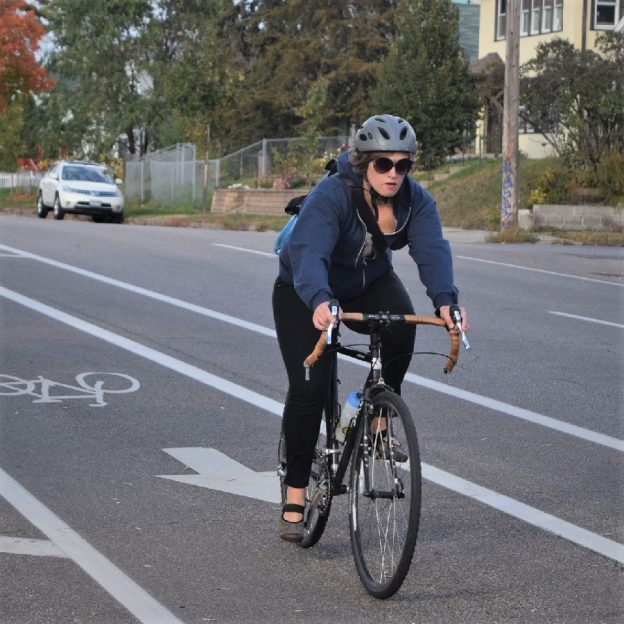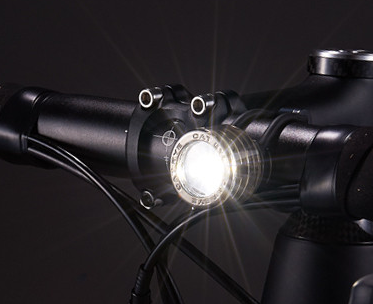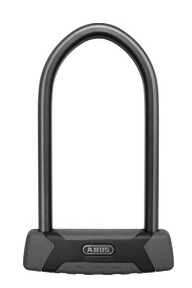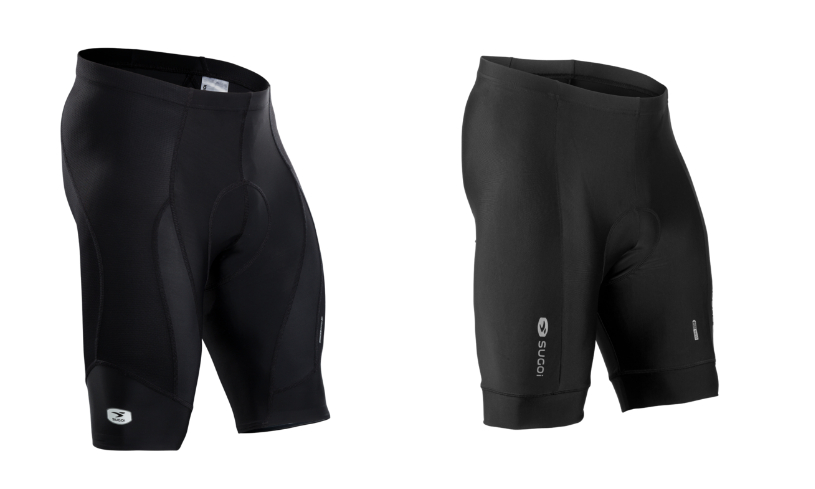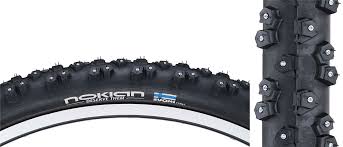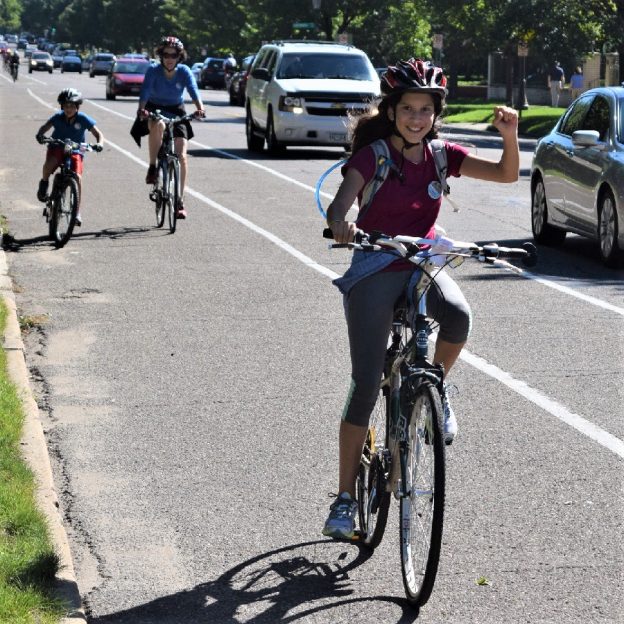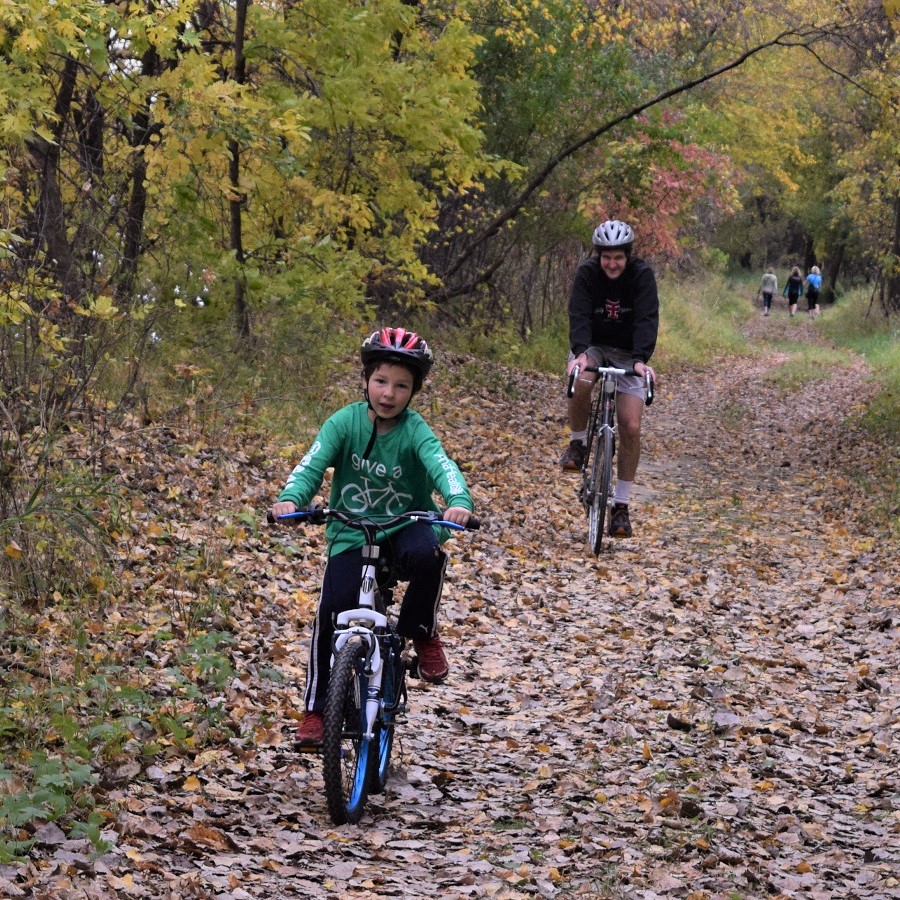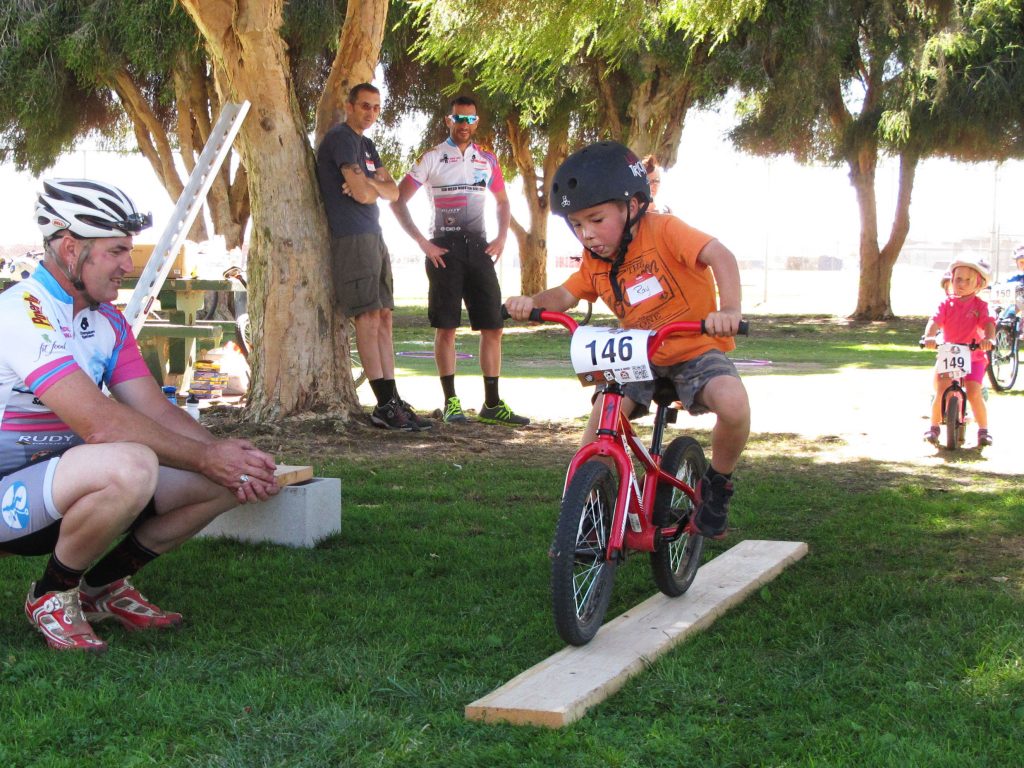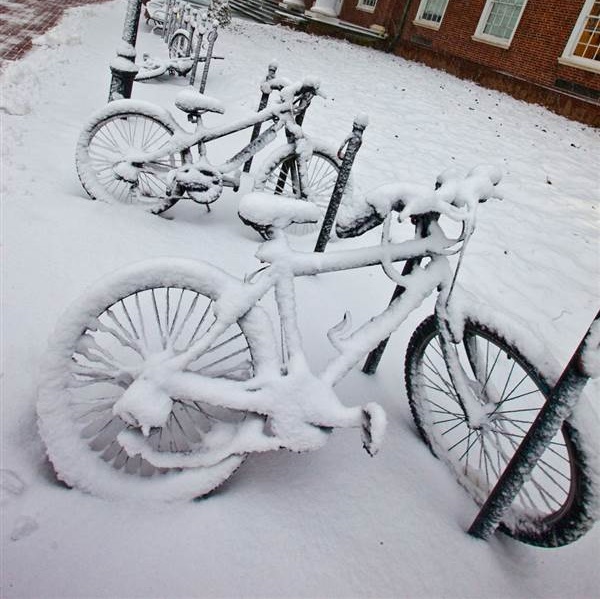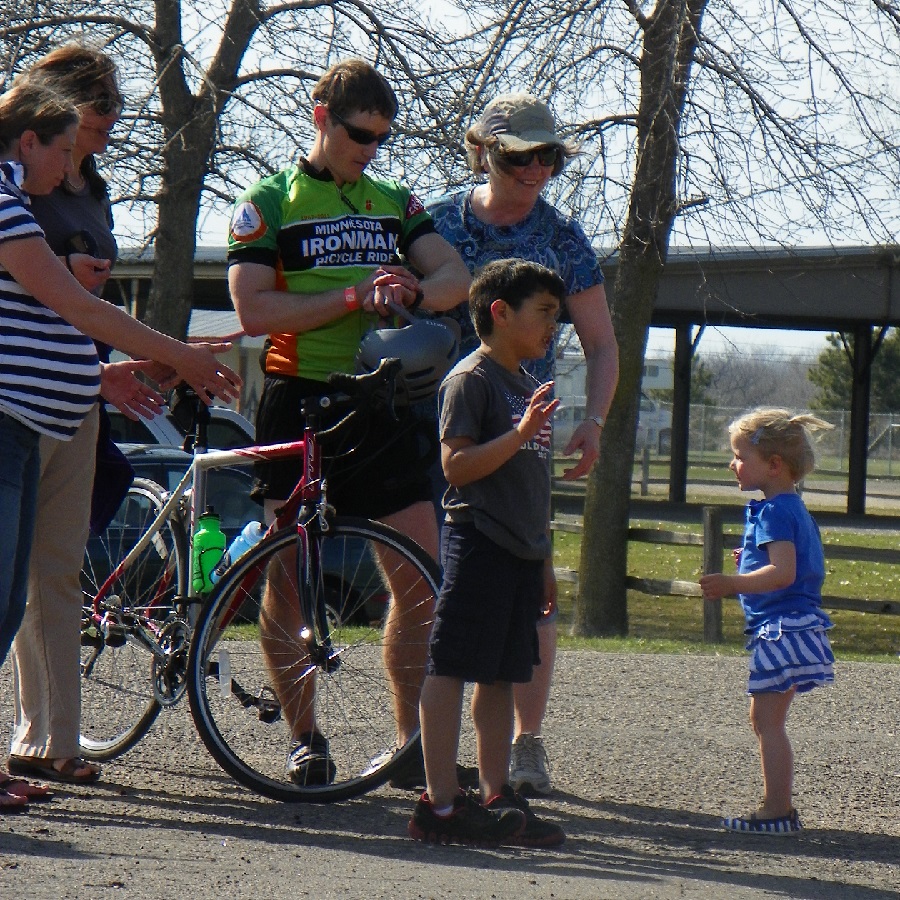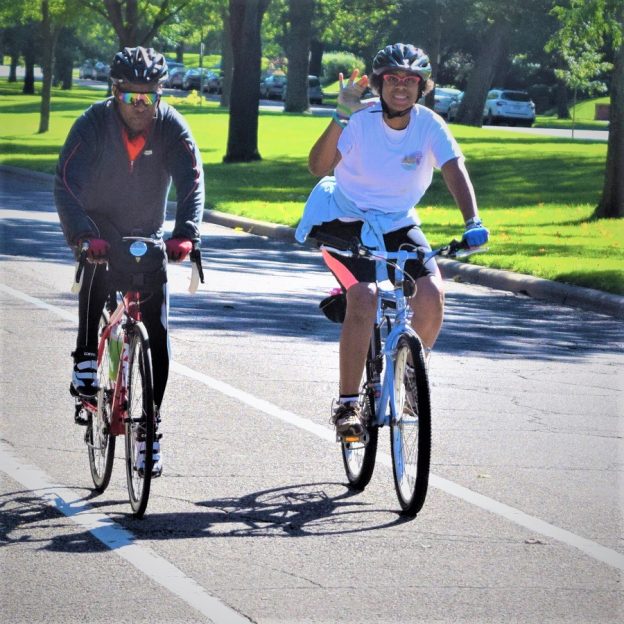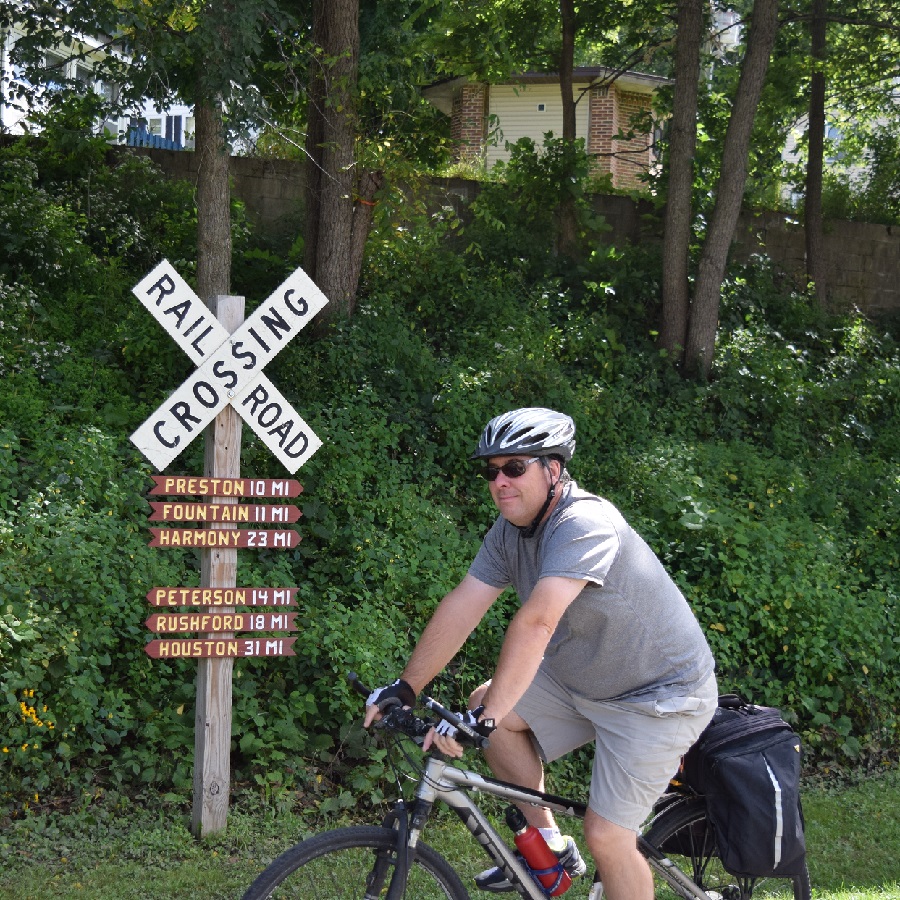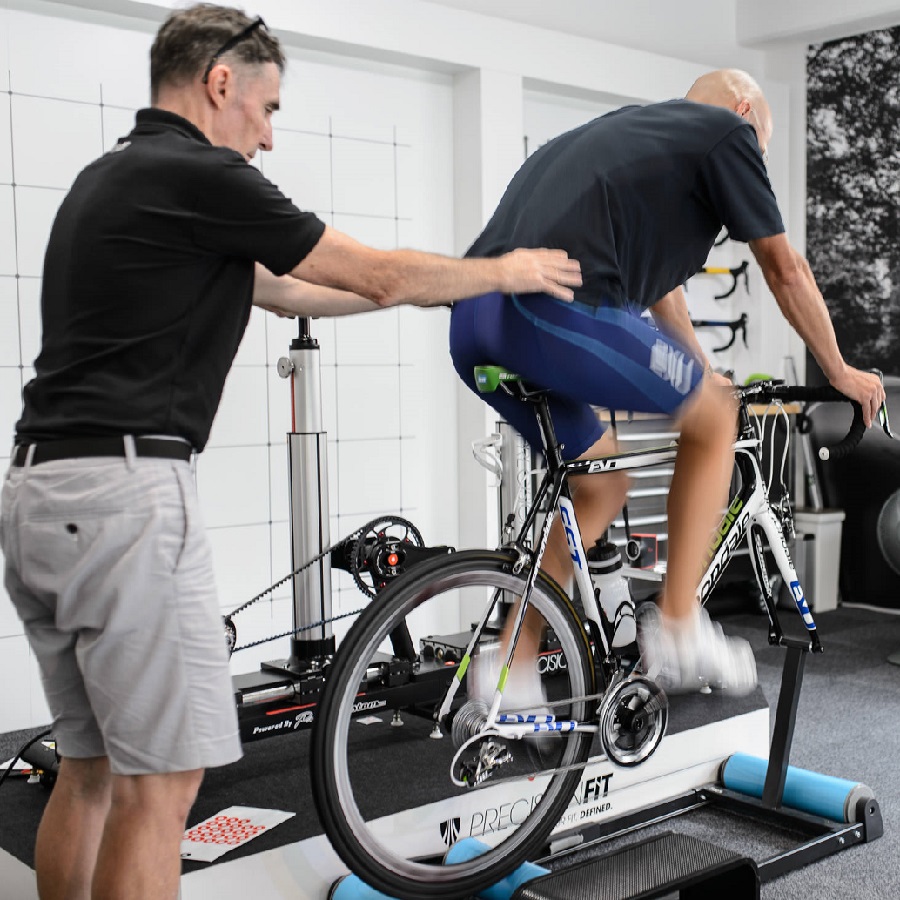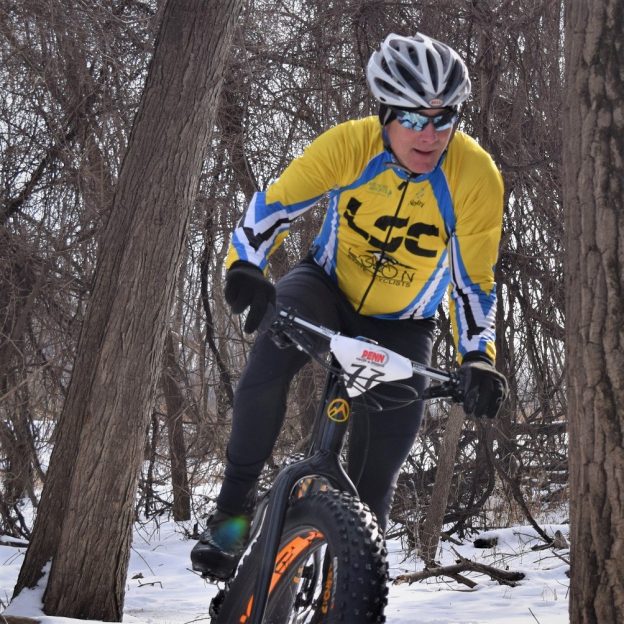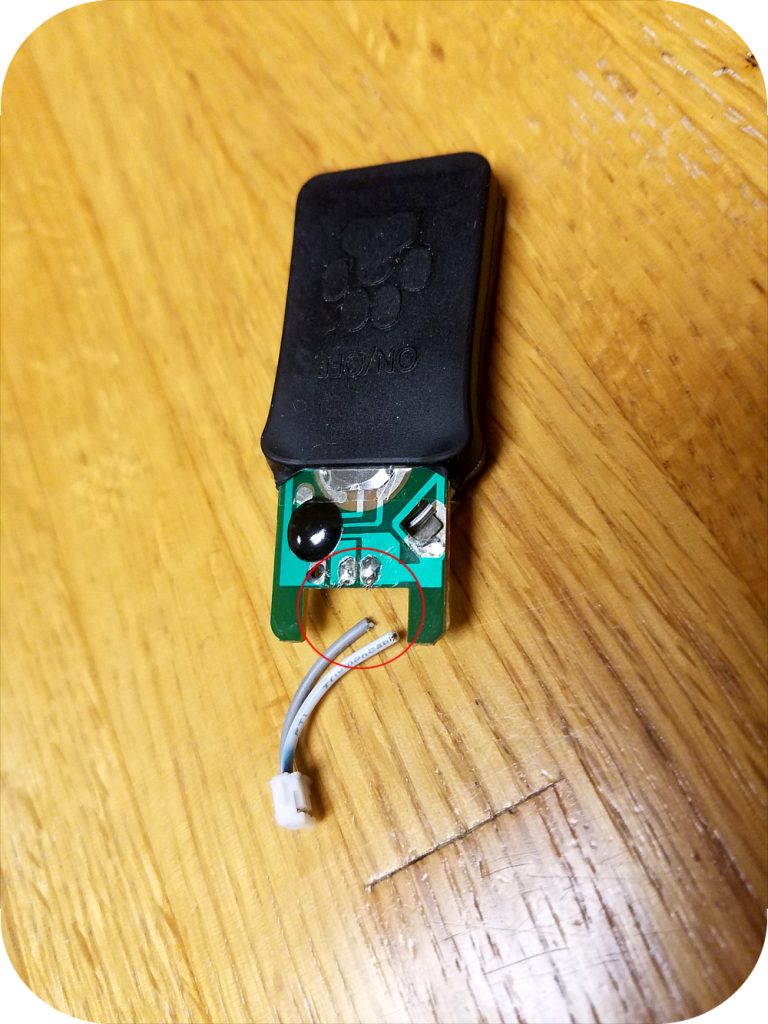by John Brown, HaveFunBiking.com
Bike commuting is an easy way to add miles, increase fitness, jump-start your energy level for the day while enjoying nature, especially with warmer weather. Once you start commuting by bike, you will find the hassle factor lessens while your overall trip acts as your workout for the day. You are saving yourself hours in the gym. Here is a list of other beneficial necessities to make commuting by bike much more enjoyable.
Bike Commuting Necessities
While commuting by bike, there are very few items you need to get started. Ultimately, the only thing you have to have is a bike. However, here is a list of items that will make your ride safer and a few that will make it easier to function properly at work or class once you are there for added comfort and safety. Past functioning, you need to stay safe on the bike, too, so I consider all these things necessities.
Helmets
First and foremost, a helmet is an essential product you can buy after the bike. While self-preservation typically keeps us upright on our bikes, while commuting, we need to consider many other actions we need to protect ourselves from. Now that you’re commuting, wearing a helmet isn’t just a logical safety choice but can be very comfortable. Read here to learn how helmets protect you, become lighter, fit better, and are more comfortable than ever.
Lights
While the helmet is a crucial safety product, it is not the only important one. Lights, whether it is day or night or your level of bike riding skill, are essential to ensure you have the safest ride possible. Sometimes, when riding in conditions without optimal visibility, you need a little added illumination. That’s where proper lighting comes in.
Locks
When commuting, you can’t be with your bike at all times. You’ll have to leave it unattended for extended periods, making it susceptible to theft. However, that doesn’t mean you can’t help protect it. Here’s some info on the different bike locks and other tips to ensure your bike’s safety.
Waterproof Bag
Being caught in the rain is not possible when commuting; it is inevitable. To protect your possessions, invest in a waterproof bag. For example, a messenger bag made with a PVC liner can easily carry all your stuff and keep everything dry. Plenty of waterproof panniers are available for riders looking to take their things on the bike.
Bike Commuting Niceties
The following items aren’t necessary for commuting but make your trip quicker and more comfortable.
Shoes and pedals
Most riders only consider clipless pedals a competitive advantage, but nothing could be farther from the truth. Few things are as practical as clipless pedals and cycling shoes when riding a bicycle. There is a simple equation that always holds: control = comfort. In the quest for more control of your bike, secure your feet in place on the pedal. By doing this, you can use muscles more efficiently, be connected to your bicycle more directly, and relieve excessive strain on your feet. Read here to see how easy it is to learn to ride “clipless.”
Rain gear
The best way to stay dry is to wear waterproof clothing. While most synthetic fabrics still insulate when wet, being wet diminishes their ability to keep you warm. A jacket and pants are a great way to start, but socks and gloves make the outfit complete. In their most basic form, many materials are waterproof, but as soon as they are perforated with stitching, zipped closed with generic zippers, and left to be loose at all the cuffs, their waterproofing goes out the window. Before you go out and buy anything labeled “waterproof,” understand that all waterproofing is not the same.
Cycling shorts
Shorts come in all shapes and sizes. Tight shorts are popular because they offer comfort and unencumbered movement around the bicycle. Baggy shorts are trendy for their casual look and the advent of pockets. Even cycling skirts (called skorts) offer excellent comfort and a tremendous off-the-bike look. The padding will make your ride more comfortable, whatever short you decide.
Fenders
Fenders are a standard option for many. They are light and sturdy and keep you dry when riding in wet conditions. If you don’t want to keep them on your bike at all times, snap-on style fenders are available, while a more permanent option is a bolt-on fender.
For winter, studded tires are helpful.
Like winter tires for your car, studded tires are available for your bike. They usually have a few hundred carbide metal studs inserted in the tire to give you traction in icy conditions. These tires are typically twice as heavy as a non-studded version, so be sure to use them only when necessary.
Bike commuting is a great way to enjoy the outdoors while traveling to and from school or work. It is an excellent exercise that will give you better attention, higher energy levels, and some free time to think without critical or significant distractions.
